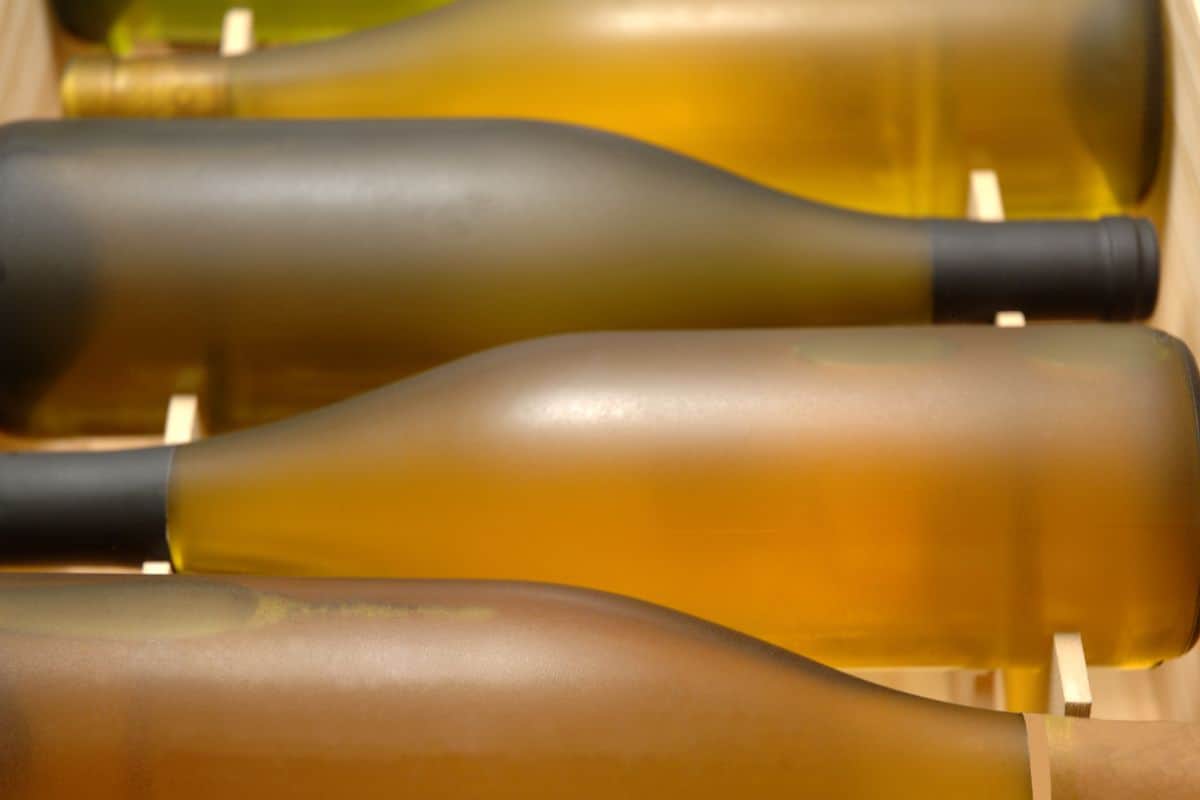If we asked you to name a red wine right now, what would you say? Well, if you know your wines, there’s a good chance you’d say Malbec.
Malbec is one of the most well-loved red wines in the world, and since the late 90s, it’s boomed in popularity, giving the infamous Merlot a real run for its money.

Malbec is more than just your average red wine. Malbec has a distinctive taste while still maintaining some versatility.
Argentinian malbecs can be so varied that you’ll find a bottle to suit almost anyone’s palette.
As with any wine, though, there’s one important question you’ll be asking yourself: is it sweet or dry? Well, the answer may surprise you.
So let’s take a closer look at the history, taste, and production of Malbec and what you can expect from your bottle.
What Is Malbec?
This full-bodied red wine boasts juicy fruit flavors and high acidity, and it’s often produced in Argentina.
This is a purple-grape variety of wine that originates from the Bordeaux region of France and is considered one of the most iconic signature reds in the world.
Malbec has similar characteristics to other reds, such as Petit Verdot, Cabernet Sauvignon, and Shiraz.
Malbec is such a popular wine because it appeals to the masses.
It’s affordable and boasts some juicy flavors, which some say makes it more palatable than other popular reds.
So if you’re not usually a red wine drinker, Malbec is an excellent choice of red wine to start out with.
Although Malbec’s origins can be traced back to the southwestern regions of France, the first records of the Malbec variety go as far back as the 16th century.
The wine was also produced in the Cahors and sent off to Bordeaux in the middle ages.
Despite this, Malbec didn’t become a popular name until the late 1990s.
During this time, Malbec became more affordable when it started being produced in Argentina.
Since Argentinian Malbec hit the North American markets, the rest is history.
The Malbec grapes need access to lots of sunshine and a nice dry climate to thrive.
This is why Mendoza in Argentina and Cahors in France are two of the most popular regions in the world to grow Malbec.
If you want to produce the best Malbec, you should also opt for a climate with cooler nighttime temperatures.
On average, Malbec has a 13-15% ABV, and it’s often much higher than other popular wines such as Merlot and Pinot Noir.
What Does Malbec Taste Like?
Unlike more mysterious tasting wines like Chardonnay, Malbec has a unique, distinctive taste, often with nuanced undertones.
Most Malbecs are smooth, easy drinkers with predominantly fruity flavors and may also have some notable savory undertones of plum, raspberry, black cherry, and even pomegranate.
Like Merlot, Malbec’s most popular contender, Malbec boasts dark and juicy flavors, often with a hint of tobacco and vanilla.
However, Malbec is a little harsher than Merlot, with more intense tannins and a harsher flavor.
Malbec has a medium acidity and a moderate level of tannins.
However, like most other wines, Malbec is a terroir, so it tends to reflect the climate it’s grown in.
If you’re drinking a high-end Argentinian Malbec, you may get more floral notes in your wine, from the high altitudes and earthier environments it’s grown in.
Argentinian Malbecs tend to be more floral than earthy, though. If you love an earthy-tasting Malbec, opt for a French bottle.
Did You Know?

Malbec grapes are found in several red wine blends. Malbec grapes are often paired with cabernet sauvignon, merlot, and tannat.
Malbec is one of six wines used in a Bordeaux blend, and it’s also used in the creation of the Cahors blend.
Malbec: Sweet Or Dry?
So, is Malbec sweet or dry?
Malbec is a predominantly dry wine. However, compared to other red wines, it can be considered sweet.
Although it’s usually dry, its fruity flavors may make it feel sweeter than other harsher red wines, but you’ll still be left with a full-bodied, dense feel in the mouth.
However, if you want the sweetest Malbec possible, Argentina has produced several sweet varieties, including:
- Belasco de Baquedano 2007
- Susana Balbo 2008
- Achaval Ferrer 2010
- Trapiche 2006 Profuso Encabezado
How Is Malbec Made?
This winemaking process isn’t exclusive to this variety, but here, we’ll walk you through the ways in which Malbec is made.
Like any other wine, the process starts with the harvesting of the grapes.
Each individual winemaker determines the harvest date, and the date of the harvest will have a profound impact on the quality of the wine – so choosing the right time is crucial.
A quality check is performed at the vineyard once the harvest is complete, usually in the early morning.
Here, the quality checkers will remove any stray leaves or twigs, and then send the grapes off to the winery.
After the grapes make it to the winery, they’ll be placed on a selection belt, and the best grapes are selected.
Once they’re picked, they’ll work their way through a series of tubes to undergo the fermentation process.
Like all other wines, the material of the fermentation container may vary.
For example, some malbecs are fermented in stainless steel or concrete containers, and oaked varieties are aged in oak barrels to give that distinctive smokey, vanilla tone.
Once the fermentation process is complete (after around two weeks), the wine is extracted, pressed, and polished.
Final Thoughts
Malbec is one of the most popular red wines in the world, and for a good reason.
Made in stunning climates and boasting a broad, deep flavor profile, it’s a hearty variety of wine that can be drunk on its own or to accompany a hearty meal (FYI, red meats pair EXCEPTIONALLY well with Malbec!).
If you’re looking for a sweet wine, Malbec might not be the one for you.
However, compared to other reds, it’s as sweet as sweet comes – but bear in mind, sweet in red terms still means full-bodied and heavy.
- How to Learn Wine Tasting: Essentials for Beginners - March 10, 2024
- How to Learn to Like Wine: Cultivating an Appreciation for the Vintner’s Art - March 10, 2024
- Thanksgiving Sangria: A Flavorful Twist to Your Holiday Table - August 27, 2023








